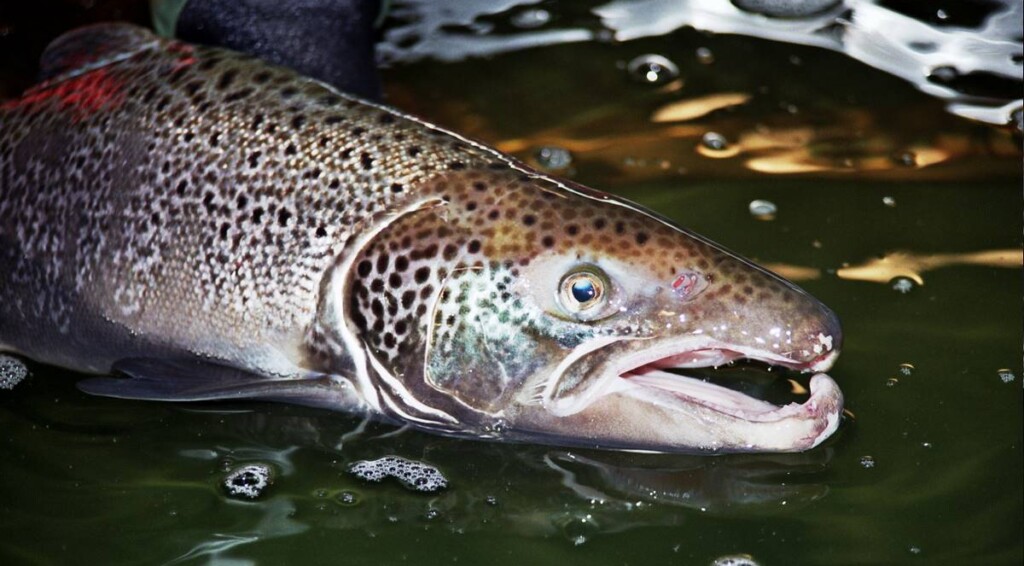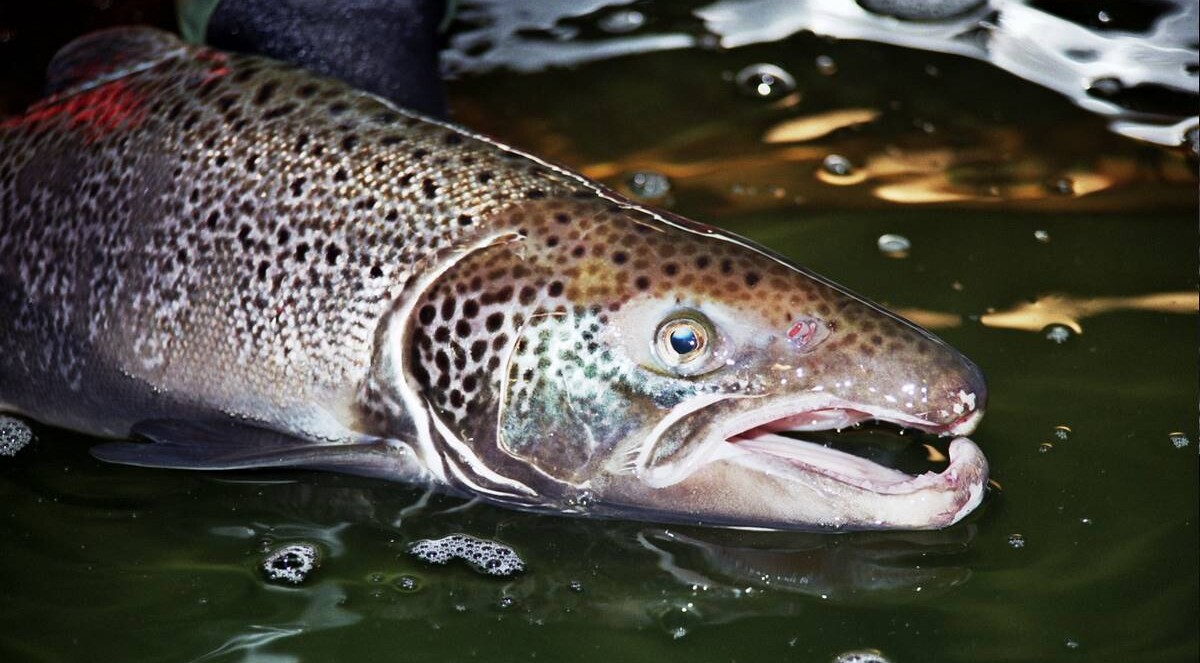
Maine’s rivers are the only ones left in the US where Atlantic salmon can return to spawn, and the most productive of these rivers is having one of its most productive years.
After the removal of the Bangor Great Works Dam on the Penobscot River, ocean-going/river-spawning fish began to return in large numbers.
As of late July, an estimated 1,489 salmon have passed by a fish lift at a place called Milford, the most that have been counted since 2012 when the dam was removed.
“We are up to 1,455 salmon. It’s been a good year thus far,” Jason Valliere, marine resource scientist for the Maine Department of Marine Resources told the Bangor Daily News (paywall). “Let’s hope they keep coming and we see another good push this fall.”
Maine is the only remaining state in the union where wild Atlantic salmon run up river, but fishing for them is prohibited.
It’s thought that higher-than-normal spring and summer rains swelled rivers to greater masses and kept them cooler, which led to greater numbers of cold-water fish returning to spawn.
Other taxa that run up the Penobscot are alewives and blueback river herring, of which 5,490,195 had run up the Milford lift by July 22, shattering by more than double the year-to-date record for the period up to the 22nd.
MORE NEWS LIKE THIS: Pacific Salmon Will Regain Access to Hundreds of Miles of Spawning Grounds as Historic Dam Removal Gets Green Light
Maine’s Department of Marine Resources writes that alewives are important to the ecology of freshwater environments in the state because they provide an alternative prey item for osprey, eagles, great blue heron, loons, and other fish-eating birds at the same time juvenile Atlantic salmon are migrating downriver.
Alewives provide cover for upstream migrating adult salmon that may be preyed on by eagles or osprey, and for young salmon in the estuaries and open ocean that might be captured by seals.
THE FISH RETURNING: Salmon Spawning for the First Time in 80 Years in the Upper Columbia River
Across the United States, 69 river dams were removed from American rivers in 2020, opening up 624 miles of waterways to flow freely and helping connect populations of salmon species like Chinook, coho, and pink, as well as steelhead, cutthroat, and bull trout, Bartram’s bass, greater redhorse, longnose dace, and northern brook lamprey—the latter three of which are threatened or endangered in the U.S.
In most cases, dams were built long ago to fortify industry, or to supply fresh water and irrigation. As technology and population densities have changed over the decades, a surprising amount of dams are powering or assisting nothing, and instead act as irrelevant tax leeches.
SWIM This Good Fishy Story Over To Your Friends’ Social Media Channels…




















